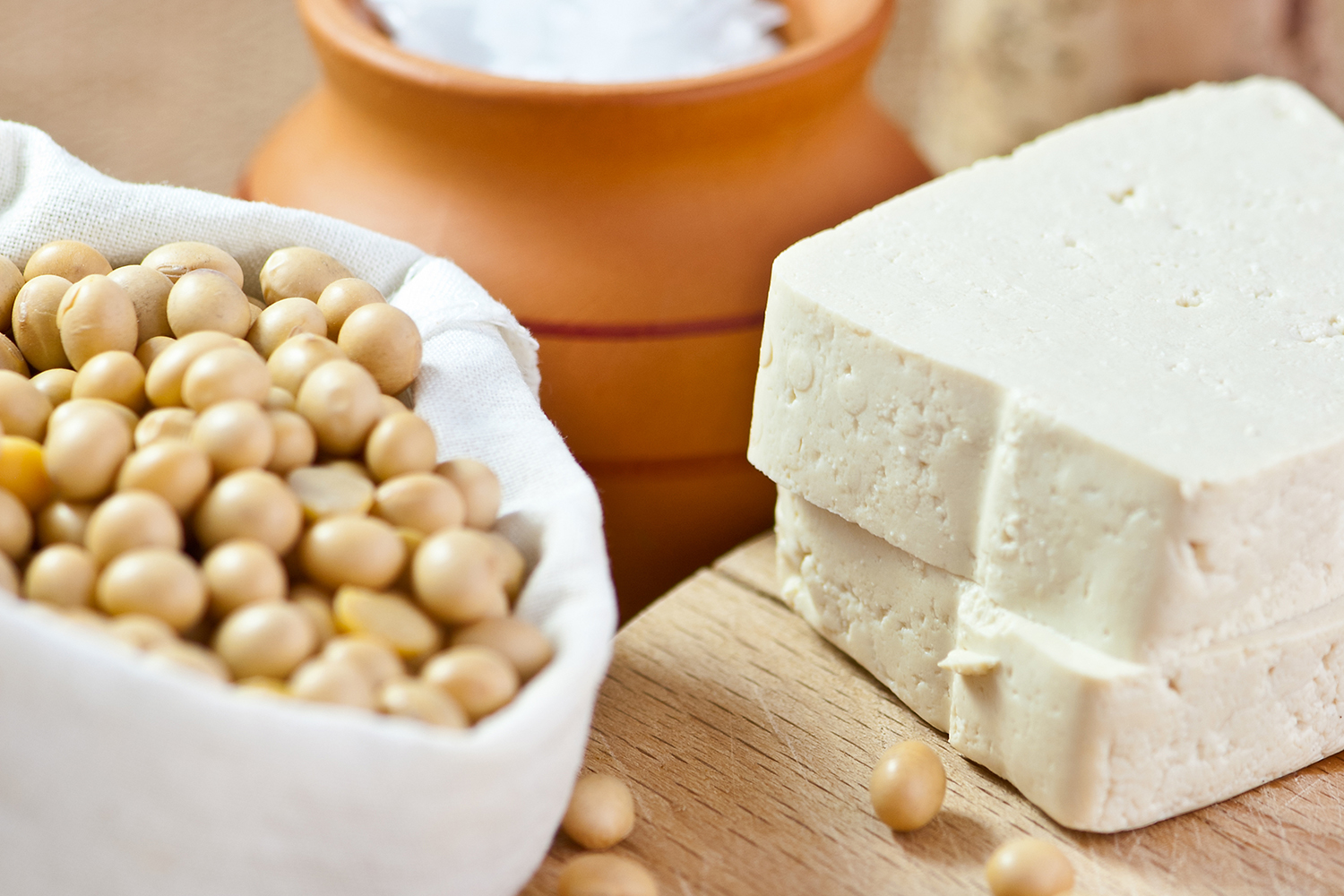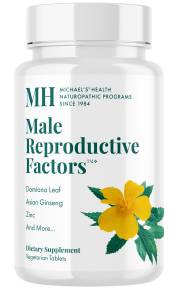Let’s start off by addressing the first question that popped into your mind.
Yes, you can make your own tofu, and it isn’t even that hard!
Before we get started, I must warn you, once you taste homemade tofu, you will not want to buy commercially made soybean product ever again. Like anything else made at home, you have control over the ingredients and the process, and the result is tofu like you have never tasted before.
Homemade Tofu
To get started, there are some things you need to have on hand (and some things to buy if you don’t already have).
With supplies in hand, you will be making tofu for less than a buck a block.
Equipment
- A settling container*
- Cotton cloth for pressing
- Cotton bag
- 2 large stainless steel pots (at least one with a lid)
- Food processor
- Rubber spatula
- Large spoon
- Ladle
- A canning jar with lid, filled with water
- Liquid measuring cup
- Large ceramic mixing bowl
Ingredients
- 2 1⁄2 cups of dried organic, non-gmo soybeans
- Water for soaking
- 17 1⁄2 cups of water (this will be used in varying amounts throughout the process)
- 1 tbsp natural solidifier (nigari)
*Settling containers come in plastic and you can solidify with gypsum, but you will be happier with the results from tofu made in a cedar box and a natural solidifier made from ocean sea water.
Directions
Now that I’ve got you all excited, the first step is to take your dried beans, cover them with water and let them soak overnight. You can also get away with soaking the beans before you leave for work in the morning and they should be ready to go by the time you get home.
Once rehydrated, put a pot on the stove with 7 cups of water in it and bring to a boil. Pour half of the presoaked beans into a food processor along with 1 1⁄4 cup of water and process until finely ground, scraping the sides a couple of times to make sure you get all of the bits of bean. Pour the ground beans into your pot of water and repeat the process with the rest of the beans, pouring into the pot of water when you are done.
Bring the beans and water to a boil, stirring gently. The liquid will be foamy and you will know when the mixture is cooked because it will very quickly start to foam up to the top of the pot, like pasta water that starts to boil over. When this happens, remove from the heat immediately.
Who Knew Soybeans Had Milk?
Put the cotton bag into a strainer placed on top of your other large pot and pour the soybean, water mixture into it, close the top of the bag by twisting it and begin to press as much of the water out as you can using the canning jar. The bag of soybeans will be incredibly hot, so continue to twist the bag down further and further, pressing out the water until you can’t get any more liquid out of it.
Pour 5 cups of cold water into the bag of ground soybeans, pressing again, and repeat the process one more time with 2 more cups of water. Remove the strainer and bag from the pot and set aside (I’ll fill you in on the leftover ground soybeans, called okara, later).
Bring the pot of soy milk (you just made soy milk!) to a boil over medium high heat, stirring often, and once boiling, reduce heat and cook for 7 minutes. While the soy milk is cooking, dissolve the nigari in 1 cup of water and prepare the settling container by wetting the cotton cloth and draping inside of the container, allowing the extra to fold over the top.
There are two amazing by-products of the tofu-making process, one is the okara (I’ll tell you all about it later, I promise) and the other is the liquid which can be used for cleaning your kitchen, or feeding plants. You can also just drain your tofu in the sink if you prefer, but if you wish to save it, put the settling container on a flat mesh over a stainless steel pot.
Where the Magic Happens
Now that we have completed making soy milk, we need to transform it into tofu curds using the nigari. Pour 1⁄3 of the nigari solution over the top of the soy milk and stir 6-7 times vigorously. Set the spoon upright, allow the water to settle completely, pull the spoon out, cover and let sit for 3 minutes.
When you remove the lid after time is up, you should start to see curds forming— repeat the process above and let sit again for 3 minutes. Now you should see mostly curds separated from a gold-ish liquid and have one more third left. After pouring in the water, stir only the top 1 inch of the liquid, cover and let sit for 3 more minutes.
Begin ladling the contents of the pot into the settling container— rather than just pouring it all out at once, ladling preserves the delicate nature of the soy curds that will become a block of tofu. When you have ladled all of the liquid and curds, fold the extra fabric over the top, cover with the top of the settling container and put the canning jar filled with water on top, allowing to drain for about 10 minutes.
All pressed, gently unwrap your tofu block and place into a bowl filled with cold water. You can use the tofu immediately, or store it in a container submerged in water for several days, changing the water daily. You have now made tofu, go forth and impress your friends, I guarantee they have never tasted tofu so good.
...One More Thing
One of my favorite things about making tofu is the incredible by-products from the process. I already wrote about the detergent-like qualities of the liquid whey, used in old Japanese tofu shops to clean up at the end of the day, but equally as cool is the okara (finally!).
Okara contains only a bit of protein, but nearly all of the fiber from the bean and is a great addition to homemade bread, muffins, or nearly any baked good. Additionally, it can be roasted and made into granola, or used as a component in making veggie burgers or meatballs.
For about a dollar, you not only get about 1⁄2 pound of tofu (good for 2 meals, depending on the size of your family and how much they love your work), but you also get about 3 cups of okara and some plant food.




